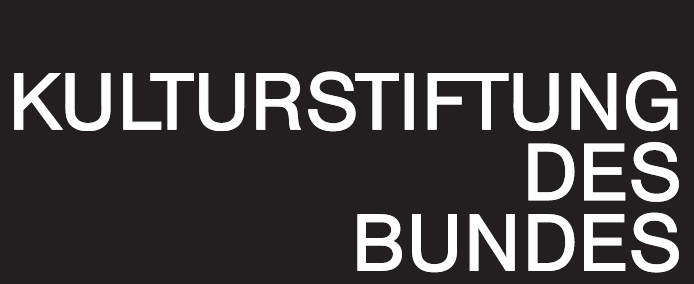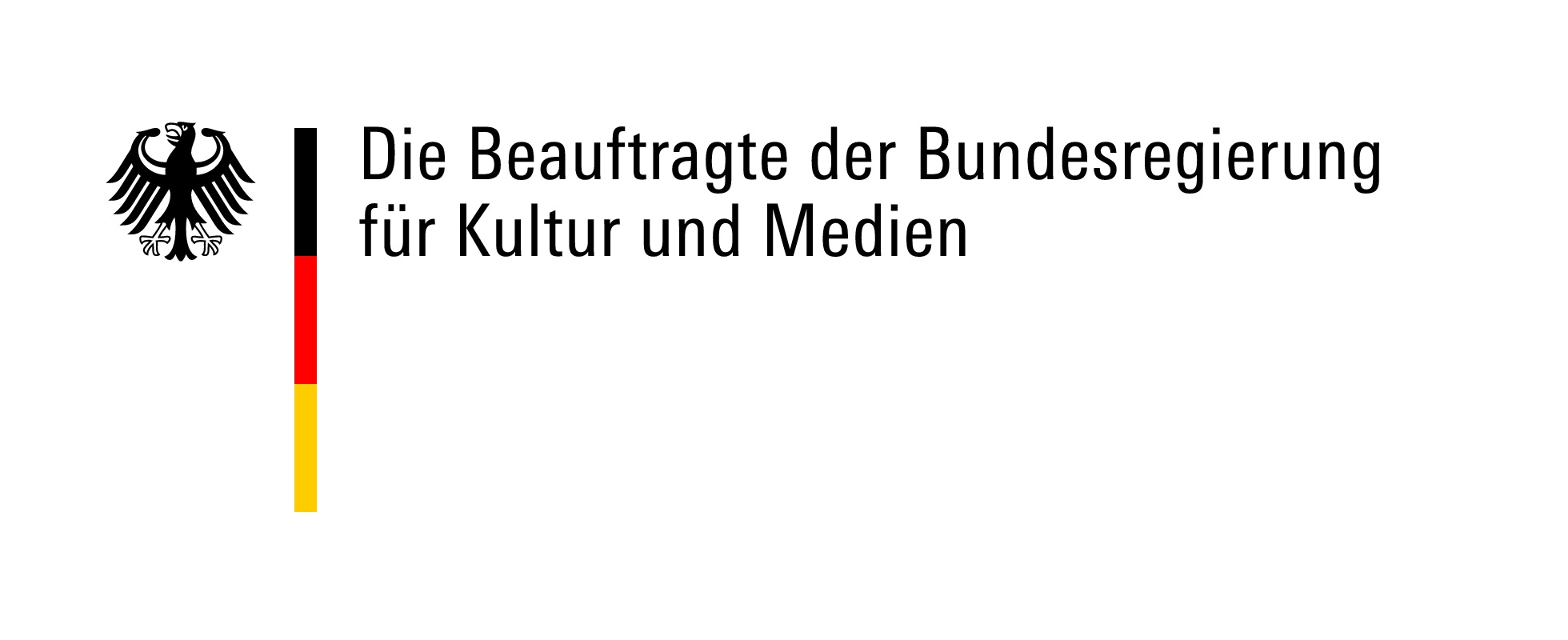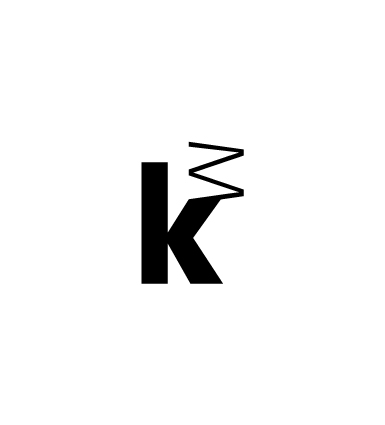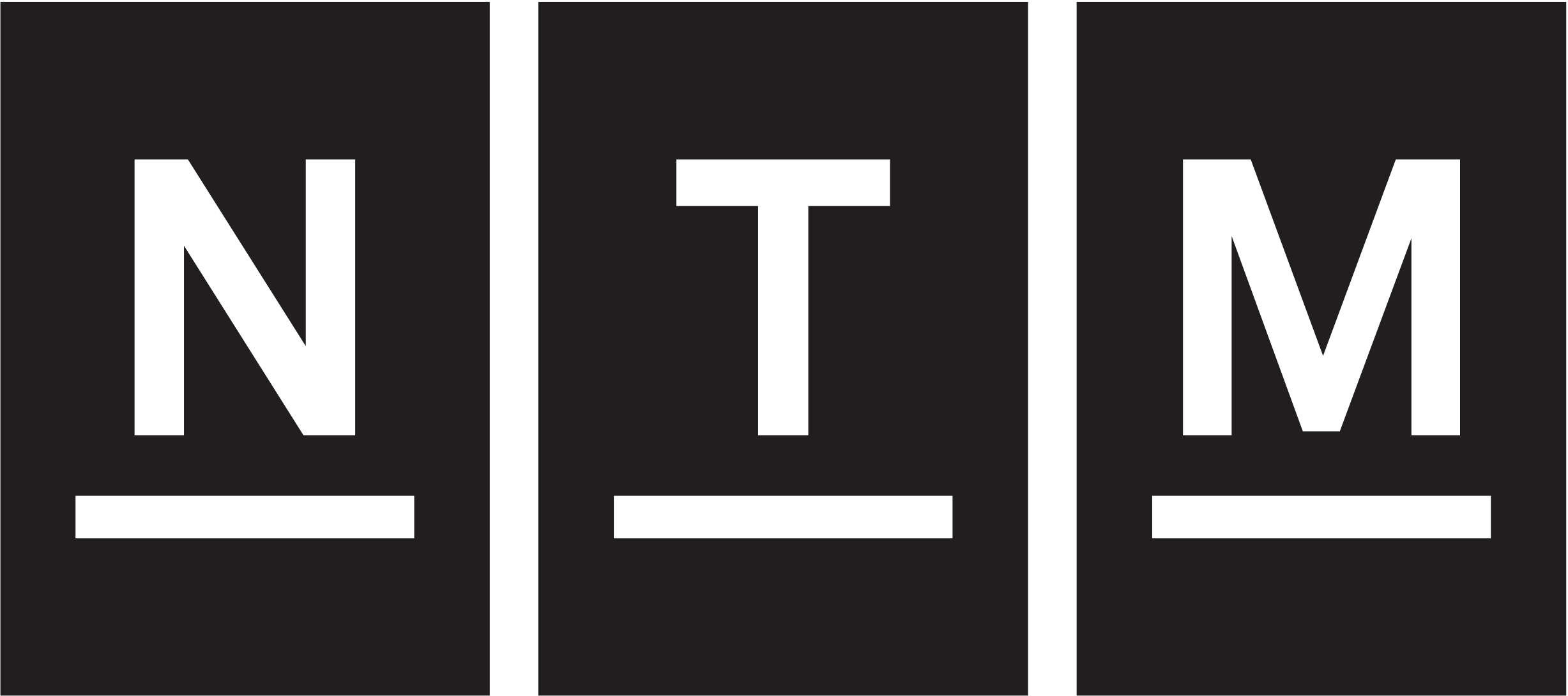
URBAN NATURE
(c) Rimini Protokoll
The use of the photo is only free of charge in the context of the announcement of performances and with denomination of the author. Any further use of the photos, for example for illustration of reviews, shall be subject to payment of a fee. Please contact the photographer.
Download >

URBAN NATURE
Urban Nature Mannheim
(c) Elmar Witt
The use of the photo is only free of charge in the context of the announcement of performances and with denomination of the author. Any further use of the photos, for example for illustration of reviews, shall be subject to payment of a fee. Please contact the photographer.
Download >

URBAN NATURE
Urban Nature Mannheim
(c) Elmar Witt
The use of the photo is only free of charge in the context of the announcement of performances and with denomination of the author. Any further use of the photos, for example for illustration of reviews, shall be subject to payment of a fee. Please contact the photographer.
Download >

URBAN NATURE
Urban Nature Mannheim
(c) Elmar Witt
The use of the photo is only free of charge in the context of the announcement of performances and with denomination of the author. Any further use of the photos, for example for illustration of reviews, shall be subject to payment of a fee. Please contact the photographer.
Download >

URBAN NATURE
Urban Nature Mannheim
(c) Elmar Witt
The use of the photo is only free of charge in the context of the announcement of performances and with denomination of the author. Any further use of the photos, for example for illustration of reviews, shall be subject to payment of a fee. Please contact the photographer.
Download >

URBAN NATURE
Urban Nature Mannheim
(c)Elmar Witt
The use of the photo is only free of charge in the context of the announcement of performances and with denomination of the author. Any further use of the photos, for example for illustration of reviews, shall be subject to payment of a fee. Please contact the photographer.
Download >

URBAN NATURE
Urban Nature Mannheim
(c) Elmar Witt
The use of the photo is only free of charge in the context of the announcement of performances and with denomination of the author. Any further use of the photos, for example for illustration of reviews, shall be subject to payment of a fee. Please contact the photographer.
Download >

URBAN NATURE
Urban Nature Mannheim
(c) Elmar Witt
The use of the photo is only free of charge in the context of the announcement of performances and with denomination of the author. Any further use of the photos, for example for illustration of reviews, shall be subject to payment of a fee. Please contact the photographer.
Download >

URBAN NATURE
Urban Nature Mannheim
©Christian Kleiner
The use of the photo is only free of charge in the context of the announcement of performances and with denomination of the author. Any further use of the photos, for example for illustration of reviews, shall be subject to payment of a fee. Please contact the photographer.
Download >

URBAN NATURE
Urban Nature Mannheim
©Christian Kleiner
The use of the photo is only free of charge in the context of the announcement of performances and with denomination of the author. Any further use of the photos, for example for illustration of reviews, shall be subject to payment of a fee. Please contact the photographer.
Download >

URBAN NATURE
Urban Nature Mannheim
©Christian Kleiner
The use of the photo is only free of charge in the context of the announcement of performances and with denomination of the author. Any further use of the photos, for example for illustration of reviews, shall be subject to payment of a fee. Please contact the photographer.
Download >

URBAN NATURE
Urban Nature Mannheim
©Christian Kleiner
The use of the photo is only free of charge in the context of the announcement of performances and with denomination of the author. Any further use of the photos, for example for illustration of reviews, shall be subject to payment of a fee. Please contact the photographer.
Download >

URBAN NATURE
@Martí E. Berenguer _ @bocabellapro
The use of the photo is only free of charge in the context of the announcement of performances and with denomination of the author. Any further use of the photos, for example for illustration of reviews, shall be subject to payment of a fee. Please contact the photographer.
Download >

URBAN NATURE
@Martí E. Berenguer _ @bocabellapro
The use of the photo is only free of charge in the context of the announcement of performances and with denomination of the author. Any further use of the photos, for example for illustration of reviews, shall be subject to payment of a fee. Please contact the photographer.
Download >

URBAN NATURE
(c) Alice Brazzi
The use of the photo is only free of charge in the context of the announcement of performances and with denomination of the author. Any further use of the photos, for example for illustration of reviews, shall be subject to payment of a fee. Please contact the photographer.
Download >

URBAN NATURE
(c) Alice Brazzi
The use of the photo is only free of charge in the context of the announcement of performances and with denomination of the author. Any further use of the photos, for example for illustration of reviews, shall be subject to payment of a fee. Please contact the photographer.
Download >

URBAN NATURE
(c) Alice Brazzi
The use of the photo is only free of charge in the context of the announcement of performances and with denomination of the author. Any further use of the photos, for example for illustration of reviews, shall be subject to payment of a fee. Please contact the photographer.
Download >

URBAN NATURE
@Martí E. Berenguer _ @bocabellapro
The use of the photo is only free of charge in the context of the announcement of performances and with denomination of the author. Any further use of the photos, for example for illustration of reviews, shall be subject to payment of a fee. Please contact the photographer.
Download >

URBAN NATURE
@Martí E. Berenguer _ @bocabellapro
The use of the photo is only free of charge in the context of the announcement of performances and with denomination of the author. Any further use of the photos, for example for illustration of reviews, shall be subject to payment of a fee. Please contact the photographer.
Download >

URBAN NATURE
(c) Alice Brazzi
The use of the photo is only free of charge in the context of the announcement of performances and with denomination of the author. Any further use of the photos, for example for illustration of reviews, shall be subject to payment of a fee. Please contact the photographer.
Download >

URBAN NATURE
(c) Alice Brazzi
The use of the photo is only free of charge in the context of the announcement of performances and with denomination of the author. Any further use of the photos, for example for illustration of reviews, shall be subject to payment of a fee. Please contact the photographer.
Download >

URBAN NATURE
(c) Alice Brazzi
The use of the photo is only free of charge in the context of the announcement of performances and with denomination of the author. Any further use of the photos, for example for illustration of reviews, shall be subject to payment of a fee. Please contact the photographer.
Download >

URBAN NATURE
(c) Alice Brazzi
The use of the photo is only free of charge in the context of the announcement of performances and with denomination of the author. Any further use of the photos, for example for illustration of reviews, shall be subject to payment of a fee. Please contact the photographer.
Download >

URBAN NATURE
(c) Alice Brazzi
The use of the photo is only free of charge in the context of the announcement of performances and with denomination of the author. Any further use of the photos, for example for illustration of reviews, shall be subject to payment of a fee. Please contact the photographer.
Download >

URBAN NATURE
(c) Alice Brazzi
The use of the photo is only free of charge in the context of the announcement of performances and with denomination of the author. Any further use of the photos, for example for illustration of reviews, shall be subject to payment of a fee. Please contact the photographer.
Download >

URBAN NATURE
(c) Alice Brazzi
The use of the photo is only free of charge in the context of the announcement of performances and with denomination of the author. Any further use of the photos, for example for illustration of reviews, shall be subject to payment of a fee. Please contact the photographer.
Download >
URBAN NATURE
By Haug / Huber / Kaegi / Wetzel
In 2008, for the first time in the history of humankind, there were more people worldwide living in cities than in the countryside. And in the year 2050, this proportion will increase to 68%. Throughout the 20th century, industrialisation concentrated populations around factories in ever more densely populated settlements, shifting industry away from cities themselves in the process. In fact, the age of post-Fordist globalisation has seen industry move ever further from its context. The work now done in cities is mainly digital, focused on creating value – including for a constantly growing property market. An apartment in Berlin, Barcelona or Brisbane is no longer simply a place to live; it is now first and foremost an investment.
But with COVID-19 this value is changing. Property prices have been reassessed and offices have dropped in value. Sections of private homes have been converted into offices. Even if the option of living in the countryside with a good internet connection seems increasingly more appealing, from an ecological point of view, concentrating populations in large cities makes all the sense in the world. But what population density are we willing to live with? At what point does proximity become dangerous? And to what degree do we see other cultures as enriching our own? How do the different economic models relate to one another? How much inequality are we willing to tolerate around us? Cities are the microscopes that allow us to see the extremes within society.
During their visit, members of the public take on different roles. These include a financial adviser at a private bank, looking to diversify investments in excess of €2 million, or a prison worker who, in a reconstruction of a cell within the exhibition space, explains how many of the inmates earn more in the prison than when free.
Theatres and museums are typically used in opposing ways. Whereas theatre audiences are normally immobile for one or two hours as the performance takes place on the stage before them, in museums the public moves through the exhibition.
URBAN NATURE blends these two modes of reception: while some visitors follow life stories individually as active spectators with a tactile tablet device, others experience the exhibition as a group. All are able to observe how others take on different perspectives, but they are also challenged to look at themselves in the mirror and experience dependence between different positions and their freedom for personal action.
And additional appearance of Jorge Carlos Da Silva
Concept, text and direction: Helgard Haug, Stefan Kaegi, Daniel Wetzel
Concept and scenography: Dominic Huber
Exhibitions Director: Jordi Costa
Carlota Broggi (CCCB) and Juliane Männel (Rimini Protokoll)
Coordination, research and casting: Clara Duch
With the collaboration of: Judith Paletta, Meret Kiderlen and Montse Novellón
Coordination of the setup: Mario Corea
Shootings, edition and postproduction: Joan Carles Rodríguez, José Antonio Soria, Raquel Coll
Sound mastering: Òscar Villar
Installation: Roc Codó and Servei audiovisual del CCCB
Synchronization
General synchronization: Mediapro, Alex Lucena
With the collaboration of: Joan Ramírez
Installation: Iñaki Sainz and l’equip de xarxes del CCCB
Illumination
Design and programming: Pau Farreny with the collaboration of: Carles
In collaboration with Universitat Pompeu Fabra-Barcelona
Media partner: El Periódico




